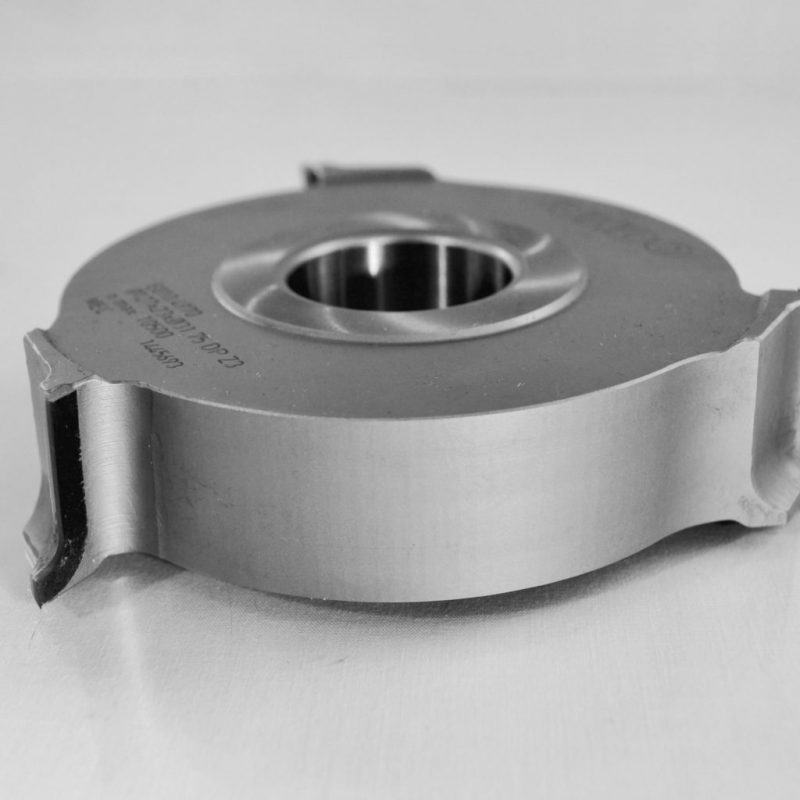The production of polycrystalline diamond, or PCD, occurs synthetically by sintering together many particles of diamond, usually 2 to 30 microns in size, with a metal binder (usually cobalt) under high pressure and temperature.
There may be 90-95% diamond particles in PCD, and the rest is the binder. PCD is commonly used in cutting tools to cut through composite materials and super hard metals to extend the tool life.
Characteristics of PCD:
Hardness
With a metal binder, its hardness ranges between 6500-7500 HV, which is close to pure diamond’s hardness of 10,000 HV.
Wear resistance
It is second only to pure diamonds. As a result of its hardness, the material can withstand wear and tear in any application that involves abrasive materials. Wear rate is influenced by workpiece material and cutting speed. Among composites, MMC, CMC, and high silicon aluminum, PCD has a significant wear rate advantage over cemented carbide.
TRS (Transverse Rapture Strength)
Compared to metals, PCD is a brittle and less tough material. Different grain sizes of PCD materials have different TRS. A PCD material with a smaller grain size has a higher TRS than one with a larger grain size.

GDP Tooling PCD Tools
When using PCD polycrystalline diamond tipped tools, it is crucial to consider all the application details, machining parameters, and expectations to ensure the tool is appropriate for the application. Compression bits can perform differently over their lifetime, even if they are purchased simply.
Many of the popular PCD compression bits have a staggered tooth design (as shown below) and are described in terms such as “Z1+1”, “Z2+2” or “Z3+3”. What this means in laymen’s terms is that, with a Z1+1 for instance, you only have one flute cutting. In this example, 1+1 does not equal 2. It means one section of the tips is shearing downward, and one is shearing upward. With a single flute diamond tool, machine feed speed will be limited to no more than 200″/minute, so for most shops, a Z2+2 will be more suitable.
In order to make diamond tools affordable for even the smallest cabinet shop, some router bits are designed as “disposable”, i.e. the tip height is about 3mm, which will allow no more than 1 sharpening before the tool must be retired. Other tools might have a 4 or 5mm tip height, which will provide sufficient tip size to sharpen the tool several times. The disposable design tools are usually designed with a carbide-tipped plunge point, as it will generally not wear out before the tool is retired. These are all considerations to be aware of when shopping for diamond tools. It can be difficult for the layman to truly compare product and expected performance.
Certain Criteria are to be considered when purchasing a Polycrystalline Diamond Tool.
- Precision balanced tool body, high corrosion protection
- Shank, arbor hole, cone and installation surface must be high precision machined and honed, and stringent adherence to runout tolerance
- Rigid packaging for transport
- Dimension sheet should have exact CNC data
- Balancing quality grade
An all-purpose PCD tool does not exist. General Cutting Tools can provide expertise and give a very specific offer, exactly defined for your application. This method guarantees a most economic result when using PCD tipped tools.
See Also: Composite Cutting Tools




